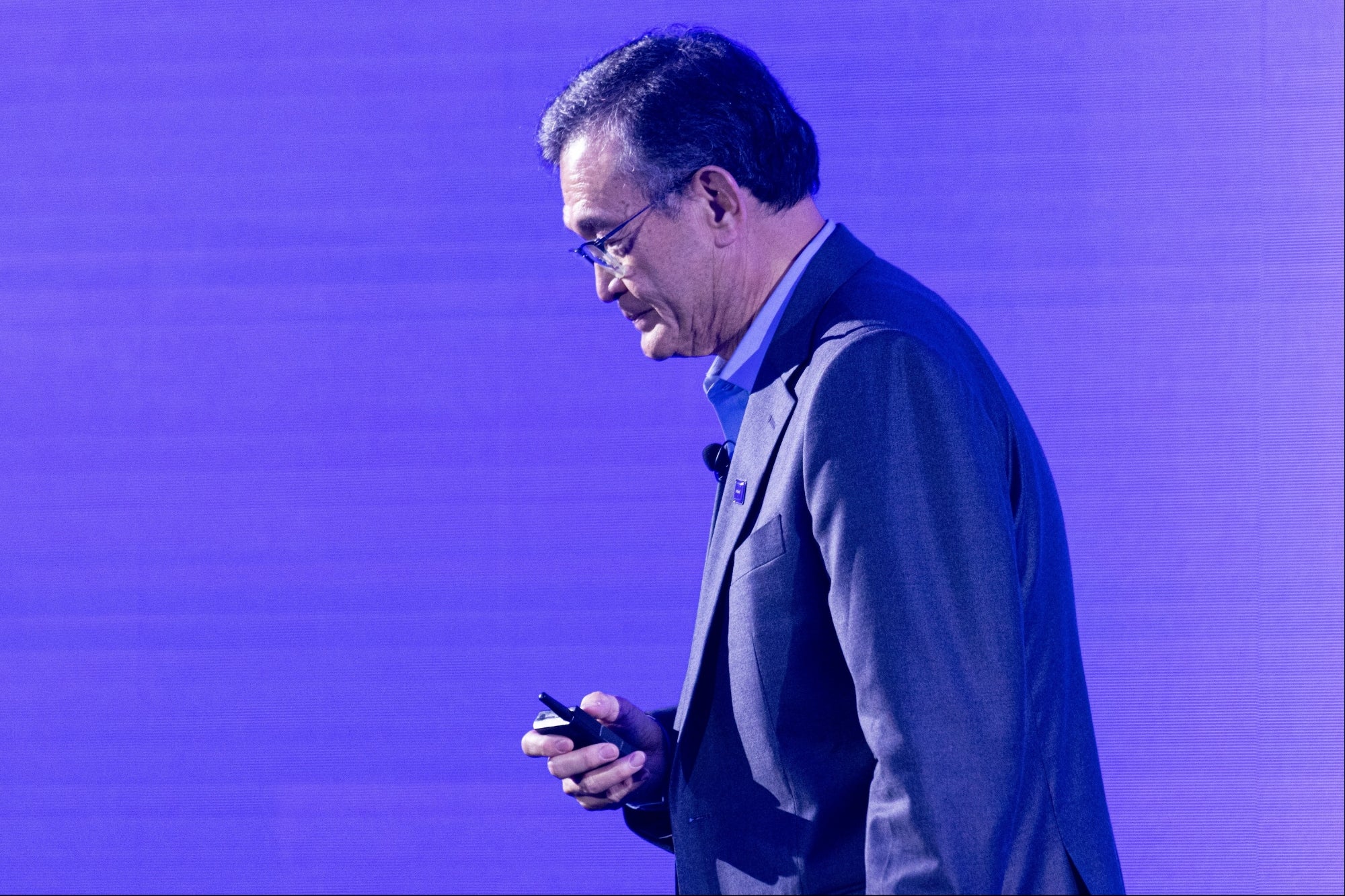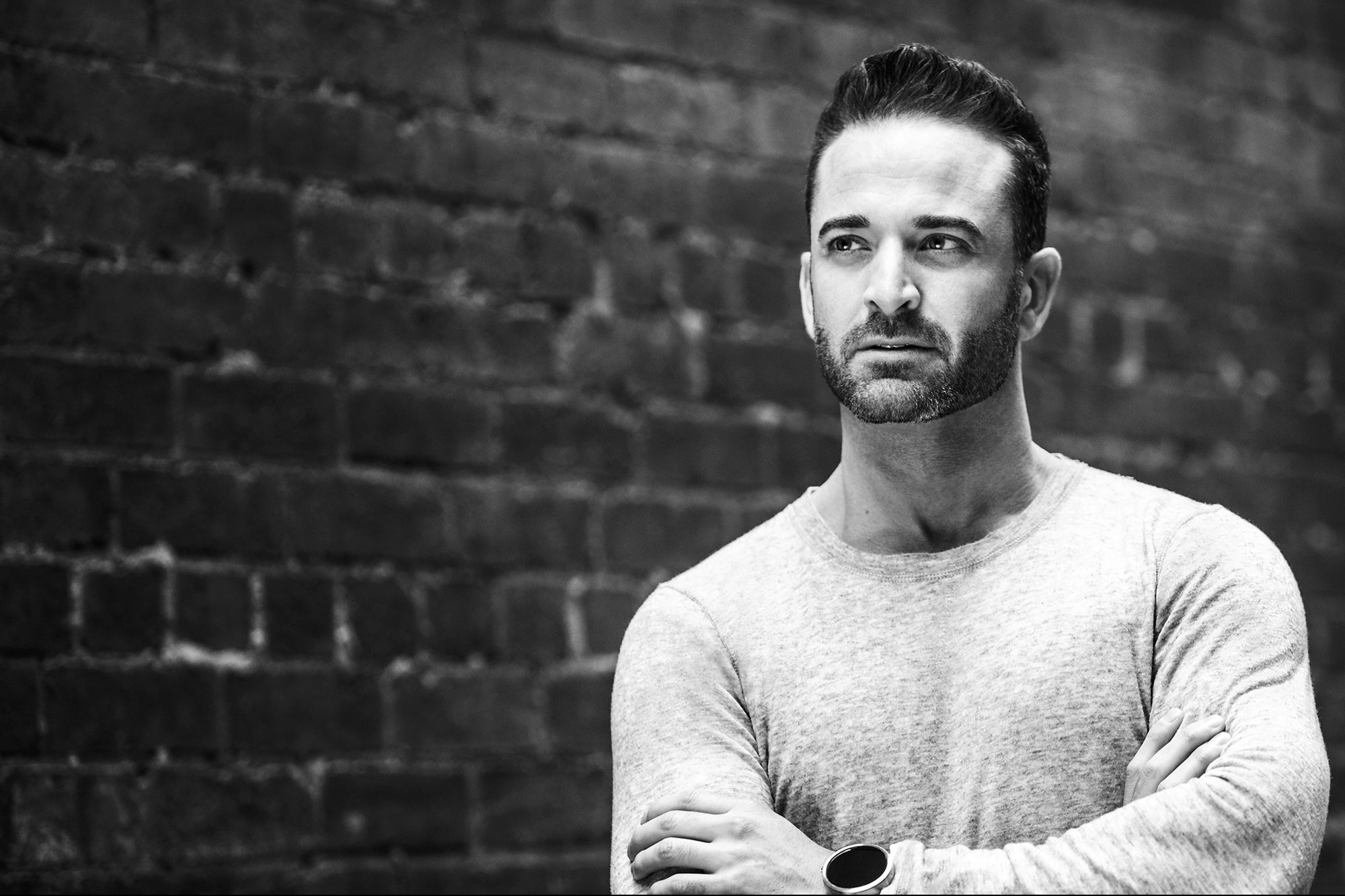Traits Of An Unfear Organization Excerpt from Unfear: Transform Your Organization to Create Breakthrough Performance and Employee Well-Being by Gaurav Bhatnagar and Mark Minukas, pp. 21-24 (McGraw Hill, November 2021). Q3 2021 hedge fund letters,...
This story originally appeared on ValueWalk

Excerpt from Unfear: Transform Your Organization to Create Breakthrough Performance and Employee Well-Being by Gaurav Bhatnagar and Mark Minukas, pp. 21-24 (McGraw Hill, November 2021).
Q3 2021 hedge fund letters, conferences and more
Unfear is not about eliminating fear. Even if this were possible, it would be counterproductive. The goal is to shift the story we carry within us about fear and to see the opportunity for learning and growth that fear offers us as an individual, a team, and an organization. Accomplishing this shift results in a dramatically different organization—an unfear organization.
The Four Most Important Traits Of An Unfear Organization
Unfear organizations operate differently from traditional fear-based organizations. They are primed to embrace and lead today's highly networked, complex, and volatile knowledge economy. Here are the four most important traits that propel breakthrough performance and employee well-being:
- Continuous learning and systems thinking. Unfear organizations emphasize systems thinking and continuous improvement instead of working to avoid errors. They encourage everyone to find and address the root causes of problems instead of relying on Band-Aid solutions. They support all employees in their growth and development and encourage them to work to their full potential. Unfear organizations are highly adaptive and are able to innovate to meet business challenges.
- Self-confidence. Unfear organizations demonstrate self-confidence instead of the hubris or apathy that is common in traditional fear-based organizations. This impacts their thinking and decision-making in three main ways:
- When faced with a challenging situation, they reflect before making a decision instead of engaging in knee-jerk reactions. They stay in the discomfort of uncertainty to allow more creative solutions to emerge. In Thinking, Fast and Slow, Daniel Kahneman and Amos Tversky describe this as "System 2 thinking," which is more thoughtful and more reflective than "System 1 thinking," which is quick and relies on shortcuts to make decisions.
- People in unfear organizations are willing to demonstrate vulnerability. This allows them to connect on a more human level and learn from each other, unlike insecure leaders who view vulnerability as weakness, attempt to control everything, and hold themselves apart from the group.
- People in unfear organizations have the courage to say, "I don't know." They don't use this phrase to quit but rather to acknowledge that they have more to learn and then to attempt to learn it. They have the confidence to understand that not knowing is the first step on the path to learning and continuous growth.
- Commitment. Unfear organizations don't rely on coercion to achieve stretch outcomes. Instead, they foster commitment. They inspire individuals and teams to go beyond their job descriptions. They recognize that commitment builds openness to future action, whereas coercion builds resistance. Commitment leads to high levels of motivation, engagement, and employee satisfaction.
- Radical candor. Unfear organizations overcome the false dichotomy between caring about people and challenging them to improve performance. They do this through what CEO coach Kim Scott calls "radical candor," the ability to provide feedback and coaching from a place of deep care for the development of the person receiving the message. This practice allows people to know each other as humans not just as roles, which helps build high-performing teams that work with energy toward a collective and meaningful purpose.
While these are the most important, the traits of an unfear organization are functionally limitless. Table 1.1 illustrates the difference between a fear-based organization and an unfear organization.
TABLE 1.1 Traditional Organizations Versus Unfear Organizations
| Traditional Fear-Based Organization | Unfear Organization |
| Purely driven by profit | Driven by creating value for all stakeholders (including profit) |
| Command and control; top down | Inclusive, leveraging insights from all parties |
| Parent-child orientation | Adult-adult orientation |
| Technical/process orientation | Adaptive and process orientation |
| Risk minimization | Healthy risk appetite |
| Efficiency focus | Efectiveness and efficiency focused |
| Either/or mindset | And mindset |
| Victim and blame orientation | Mastery orientation |
| Knower and expert mindset | Learner and curiosity mindset |
| Problem focused | Solution focused |
| Dysfunctional conflict | Creative conflict |
| Best practice oriented | Next practice oriented |
| Humans as resources | Humans as humans |
| Profile consistency in leaders | Diversity in leadership profile |
| Certainty and order | Chaordic—chaos within order |
Article by Gaurav Bhatnagar and Mark Minukas, Co-authors of Unfear
About The Authors
Gaurav Bhatnagar and Mark Minukas are coauthors of Unfear: Transform Your Organization to Create Breakthrough Performance and Employee Well-Being.
 Gaurav Bhatnagar is the founder of Co-Creation Partners and has dedicated more than two decades to helping companies thrive and achieve breakthrough performance. Since founding Co-Creation Partners in 2010, he has designed and led programs and workshops for private, public, and social-sector clients across multiple industries, including financial services, basic materials, manufacturing, healthcare, and technology. Prior to founding Co-Creation Partners, he was a consultant with McKinsey and Company, most recently as a leader in their Organization Practice in North America. Before McKinsey, he worked in marketing for Pepsi Cola International and Procter & Gamble in Europe, the Middle East, and India.
Gaurav Bhatnagar is the founder of Co-Creation Partners and has dedicated more than two decades to helping companies thrive and achieve breakthrough performance. Since founding Co-Creation Partners in 2010, he has designed and led programs and workshops for private, public, and social-sector clients across multiple industries, including financial services, basic materials, manufacturing, healthcare, and technology. Prior to founding Co-Creation Partners, he was a consultant with McKinsey and Company, most recently as a leader in their Organization Practice in North America. Before McKinsey, he worked in marketing for Pepsi Cola International and Procter & Gamble in Europe, the Middle East, and India.
 Mark Minukas is the managing partner of Co-Creation Partners. An engineer by training, he began his career as a Navy officer and member of the US Naval Construction Battalion (Seabees) and the Navy Dive Community. In 2005, he brought his experience and insights into the performance of engineered systems to McKinsey and Company, where he worked as a consultant and member of the Operations Practice. There, he mastered the technical aspect of organizational transformation and process improvement, as well as the cultural side of transformation. Since leaving McKinsey to join Co-Creation Partners, Mark has worked across multiple industries, including financial services, high tech, biotech manufacturing, IT services, and governmental offices, to deliver both top- and bottom-line improvements and build high-performing operations.
Mark Minukas is the managing partner of Co-Creation Partners. An engineer by training, he began his career as a Navy officer and member of the US Naval Construction Battalion (Seabees) and the Navy Dive Community. In 2005, he brought his experience and insights into the performance of engineered systems to McKinsey and Company, where he worked as a consultant and member of the Operations Practice. There, he mastered the technical aspect of organizational transformation and process improvement, as well as the cultural side of transformation. Since leaving McKinsey to join Co-Creation Partners, Mark has worked across multiple industries, including financial services, high tech, biotech manufacturing, IT services, and governmental offices, to deliver both top- and bottom-line improvements and build high-performing operations.
For more information, please visit https://cocreationpartners.com










